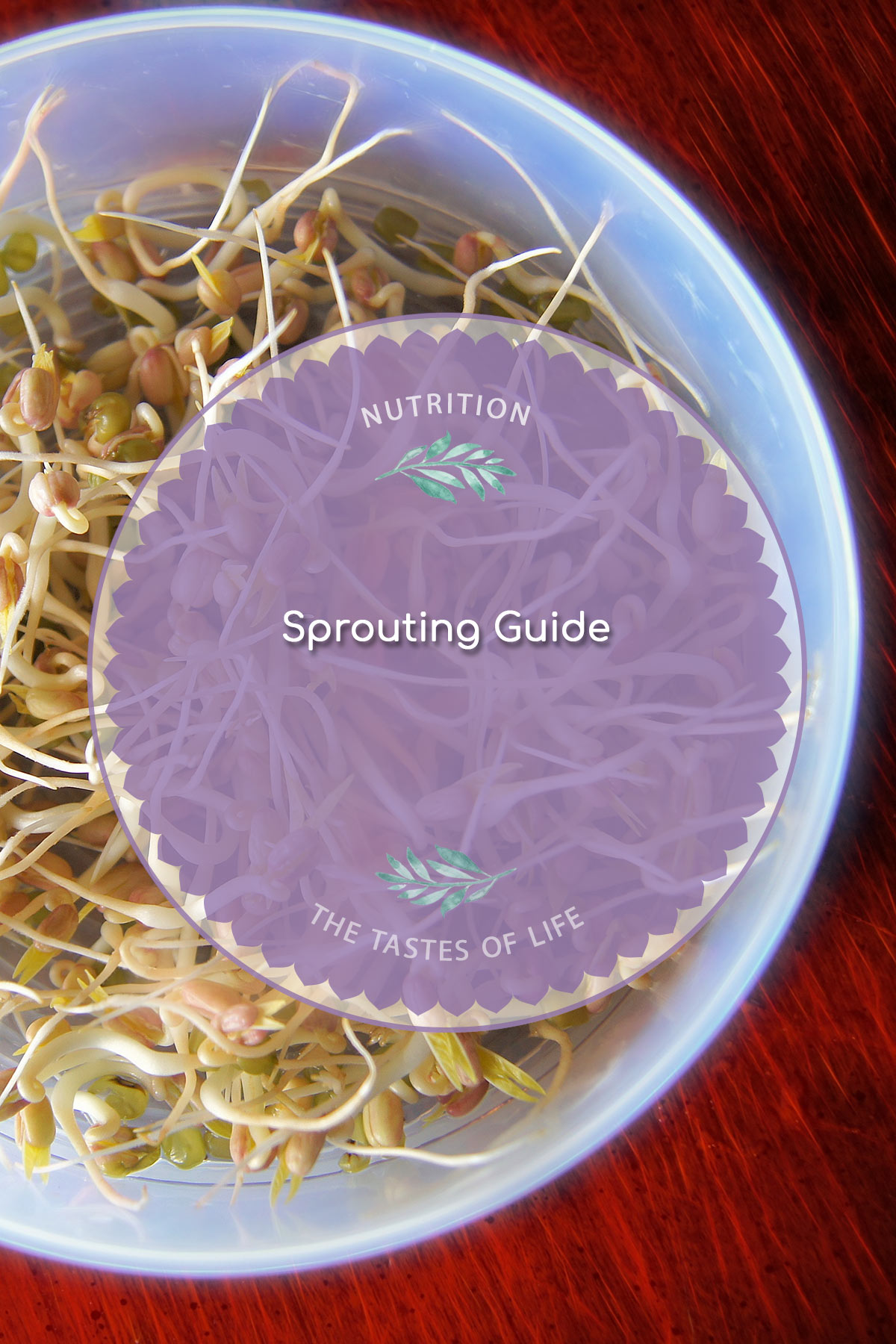The Benefits Of Seasonal Eating And Impact On Health
Sharing is carying❤️
Discover the benefits of seasonal eating and how it positively impacts your health. From maximizing nutrient intake to supporting local agriculture, this blog explores the holistic benefits of aligning your diet with the seasons.

The benefits of Seasonal Eating
Seasonal eating has become a beacon of health and sustainability in a world where convenience often trumps mindful choices. As we navigate through the aisles of supermarkets stocked with produce from every corner of the globe, we must ponder the implications of our dietary choices. Seasonal eating, rooted in the Earth’s natural cycles, not only offers a palate of diverse flavors but also holds the promise of enhancing our overall well-being. This blog explores the intricate relationship between seasonal eating and health, shedding light on why aligning our diets with the changing seasons might be the key to unlocking a healthier, more vibrant life.
In the country where I come from, Poland, we only ate seasonally when I was young. We did not have the frenzy of convenience of the West grocery stores. We only ate seasonal fruits such as blueberries, raspberries, mushrooms, hazelnuts, and pine nuts if we went to the forest and foraged them. We went to the farmers markets twice a week for fresh fruits, fresh produce and meat. We knew local farms and local farmers where we could get fresh eggs, milk, and meat. Extraordinary times and memories. All Polish families were preparing for the winter months, canning and fermenting in the summer and fall, so we have our favorite foods available year-round. That was not only a time of making good food but also a time of bonding. We made all sorts of different sauerkraut, pickles, compotes, pickled mushrooms, tomatoes, jellies, confiture, fruit butter, and so much more.
Traditionally, humans thrived on seasonal and locally grown sustenance, a practice that prevailed before the era of modern transportation reshaped our dietary landscape. Today, technological advances afford us the luxury of accessing any food at any time, irrespective of its seasonal or geographical origin. While this might initially seem like a boon, the consequences for our health and the environment tell a different tale.
In essence, seasonal eating embodies simplicity and promotes health. Contrary to the widespread consumption of fruits and vegetables from around the globe, which contributes to environmental degradation, weakens immunity, and results in nutrient loss, embracing seasonal fare holds many benefits. When food is transported across continents to reach our tables, it is often harvested prematurely to withstand the rigors of long-distance travel. This compromises the flavor and nutritional value of the produce, robbing consumers of the full spectrum of benefits that ripe, seasonal foods offer.
Aligning our diets with the local seasons resonates with the external environment and harmonizes with our internal systems. Just as a warming soup or stew is ideal for a cold winter day, the hot summer months call for cooling options like smoothies, juicy fruits, and freshly caught fish. In its infinite wisdom, the body craves what it needs, creating a symbiotic relationship between our dietary choices and the changing seasons.
While the modern supermarket offers the convenience of acquiring exotic fruits and organic berries year-round, our bodies may not resonate with this constant abundance. In the realm of Chinese Medicine, adhering to seasonal eating helps balance the yin and yang, ensuring that our bodies receive the nourishment they need in harmony with the natural cycles.
Western dietary perspectives often emphasize macronutrients and vitamins, overlooking the energetic properties of food acknowledged by systems like Chinese Medicine and Ayurveda. Understanding the warming or cooling nature of foods, along with their color, flavor, and energy, is crucial for maintaining balance within our organs.

The Impact of Weather on Our Bodies
The impact of weather on our bodies is undeniable, and it follows that the seasons would similarly influence our physiological needs. Different seasons demand distinct nutrients, and foods carry varying energetic properties. Some foods, inherently cooling, are best suited for summer while warming options become a winter staple. The cooking process further alters the energetic properties of raw food, with baking and sautéing infusing warmth and steaming introducing coolness.
As we transition through the seasons, our bodies naturally adapt, storing fat in colder months to thrive during fall and winter. Ayurveda introduces the concept of doshas—Vata, Pita, and Kapha—each corresponding to a specific season and governing various aspects of our well-being. Failing to align our diets with these seasonal changes can lead to imbalances, affecting our health negatively.
- With its Earth and water composition, spring calls for sour foods to stimulate and cleanse the system.
- Summer, dominated by fire and a hint of water, encourages the consumption of energetically cooling fruits and vegetables.
- Fall is the season for pungent foods and herbs, ideal for stimulating and clearing the lungs.
- Winter, characterized by air and space, beckons us to indulge in warming stews, root vegetables, and hearty casseroles.
Understanding the energetic qualities of foods involves recognizing their origins. If food grows in the air and sunshine, it is likely yang, while that which grows in the Earth and darkness tends to be in. The texture and temperature of foods further determine their yin or yang nature, with soft, wet, and cool foods leaning toward yin, and hard, dry, and spicy foods exhibiting yang characteristics.
Understanding Seasonal Eating
The benefits of seasonal eating are huge. Seasonal eating is a practice deeply ingrained in traditional culinary wisdom, echoing the cyclical patterns of nature. It involves consuming foods harvested during specific times of the year when they naturally thrive. Embracing seasonal eating requires a departure from the one-size-fits-all mentality that characterizes modern eating habits. Instead, it encourages a dynamic approach, where our diets evolve harmoniously with the shifting seasons.

The Health Benefits of Seasonal Eating
Nutrient Density and Flavor
One of the primary health benefits of seasonal eating lies in the superior nutrient density of fresh, seasonal produce. Fruits and vegetables that ripen naturally and are consumed at the peak of their freshness boast higher levels of essential vitamins, minerals, and antioxidants. The vibrant colors and robust flavors of seasonal produce indicate their nutrient richness. Consuming such foods gives our bodies the diverse nutrients needed for optimal functioning.
As we delve deeper into the health benefits of seasonal eating, it’s essential to explore how this practice contributes to overall well-being.
Supporting Immune System
The seasons influence the types of foods available and our body’s susceptibility to illness. Seasonal produce, such as citrus fruits in winter and leafy greens in spring, is often packed with immune-boosting nutrients. By aligning our diets with the changing seasons, we can provide our bodies with the necessary tools to fend off infections and maintain robust immune function.
Gut Health – Improved Digestion
Our bodies are finely attuned to the natural rhythms of the environment. Seasonal eating considers the impact of temperature and climate on our dietary needs. For example, the body may crave lighter, hydrating foods in the heat of summer and heartier, warming fare in the cold of winter. Adhering to these natural cues can promote optimal digestion, preventing the sluggishness and discomfort often associated with mismatched dietary choices.
Weight Management
Seasonal eating can play a pivotal role in maintaining a healthy weight. As nature cycles through seasons, so do our energy needs. Consuming foods that align with these energy requirements can prevent unnecessary weight gain. For instance, summer fruits and vegetables contribute to hydration with their high water content. They can help curb the appetite, supporting weight management efforts.
Sustainable Energy Levels
The ebb and flow of the seasons also affect our energy levels. Seasonal eating promotes a varied diet, ensuring our bodies receive the nutrients necessary for sustained energy throughout the year. By avoiding the monotony of a static diet, we harness the power of seasonal diversity to fuel our bodies optimally.
Vegetables and fruits harvested at their peak season often boast numerous nutritional benefits. Here are some general advantages:
- Higher Nutrient Content: Produce harvested at peak season tends to have higher levels of essential vitamins, minerals, and antioxidants. This is because the fruit or vegetable has had more time to ripen naturally on the plant.
- Enhanced Flavor: The peak season is when fruits and vegetables are tastiest. The enhanced flavor is not only enjoyable but also an indication of the optimal nutrient content.
- Increased Phytochemicals: Phytochemicals are naturally occurring compounds in plants linked to various health benefits, including antioxidant and anti-inflammatory properties. Peak-season produce tends to be richer in these phytochemicals.
- Optimal Ripeness: Fruits and vegetables harvested at the right time are more likely to be at their peak ripeness. This ensures that they are at their maximum nutritional value and are also more easily digestible.
- Supports Local Agriculture: Choosing seasonal produce often means supporting local farmers. This can have positive environmental and economic impacts on the community.
- Varied Nutrient Profiles: Eating various fruits and vegetables throughout the year provides a diverse range of nutrients. Different seasons offer different types of produce, contributing to a well-rounded diet.
- Seasonal Eating Aligns with Body’s Needs: Some argue that eating seasonally aligns with the body’s natural needs. For example, root vegetables are more prevalent in colder months, providing a good source of energy and nutrients for the season.
Seasonal Eating Beyond the Individual: Environmental and Economic Considerations
Environmental Sustainability
With its global supply chains and year-round produce availability, the modern food industry has a huge environmental impact, such as carbon emissions and greenhouse gas emissions. On the other hand, seasonal eating aligns with plants’ natural growth cycles, reducing the need for artificial interventions such as pesticides and excessive transportation. Embracing seasonal produce has big environmental benefits, such as supporting local agriculture, reducing the carbon footprint associated with food transportation, and fostering a more sustainable relationship with the environment.
Supporting Local Economy
Seasonal eating isn’t just about personal health; it’s also a powerful tool for supporting local economies. By choosing locally grown, seasonal produce, consumers contribute to the prosperity of nearby farmers and businesses. This not only bolsters the economic resilience of communities but also promotes a sense of connection between consumers and their food sources.

Practical Tips for Embracing Seasonal Eating
Get to Know Your Local Seasons
Understanding the seasonal cycles in your region is crucial for successful seasonal eating. Please familiarize yourself with the harvest times of different fruits and vegetables and consciously incorporate them into your diet when they’re at their freshest.
Explore Farmer’s Markets and Local Produce
Farmer’s markets are treasure troves of seasonal produce. By shopping at these markets, you can access fresh, locally sourced foods and support local farmers’ livelihoods. Engage with vendors to learn more about where your food comes from and how it’s grown.
Experiment with Seasonal Recipes
Part of the joy of seasonal eating lies in the culinary exploration it invites. Experiment with new recipes that highlight the flavors of seasonal ingredients and get the best flavor when there is in-season produce. By diversifying your culinary repertoire, you’ll find embracing each season’s variety easier and more enjoyable.
In conclusion, deviating from consuming locally grown, seasonal foods can send conflicting messages to our bodies, leading to imbalance and potential health issues. Eating in harmony with our climate and environment is a vital cornerstone for our body, mind, and spirit well-being. This conscious approach reconnects us with nature and supports local farmers and communities, fostering a healthier and more sustainable world. By aligning our diets with the Earth’s natural rhythms, we not only enhance our well-being but also contribute to the planet’s health and support local community and economies.
Seasonal eating is more than a dietary trend; it’s a holistic approach to nourishment that considers the interconnectedness of our bodies, the environment, and local communities. As we embark on this journey, let us savor the flavors of each season, celebrate the diversity of our plates, and revel in the profound impact that mindful seasonal eating can have on our optimal health and the world around us.
To embark on your journey of seasonal eating and get the most of the benefits of seasonal eating, explore your local farmer’s market or consider joining a Community Supported Agriculture (CSA) program to get local seasonal produce. Knowing what’s in season in your region can be a transformative step toward a healthier, more mindful relationship with food. Visit the Sustainable Table website to discover the seasonal delights awaiting you in your corner of the world. Find a seasonal food guide that lists what vegetable or fruit is to eat and when or a community-supported agriculture group where you can have a conversation about seasonal eating and learn more about it.
Here is a cheat sheet for the seasonal produce guide:
Spring:
- Strawberries
- Asparagus
- Peas
- Spinach
- Radishes
- Artichokes
- Apricots
- Pineapple
Summer:
- Watermelon
- Berries (blueberries, raspberries, blackberries)
- Tomatoes
- Corn
- Bell Peppers
- Zucchini
- Peaches
- Mangoes
Fall:
- Apples
- Pumpkins
- Butternut Squash
- Sweet Potatoes
- Pears
- Brussels Sprouts
- Cranberries
- Grapes
Winter:
- Citrus fruits (oranges, grapefruits, lemons)
- Pomegranates
- Kiwi
- Cabbage
- Cauliflower
- Broccoli
- Persimmons
- Dates
Enjoy the freshest flavors each season offers, and visit the local farmers market!
How to Nourish Your Body During Winter Time
Get the Healthy Fall Recipies Ebook Here
Seasonal Recipies:
References:
https://pubmed.ncbi.nlm.nih.gov/25027288/
https://pubmed.ncbi.nlm.nih.gov/32903693/
Yum





